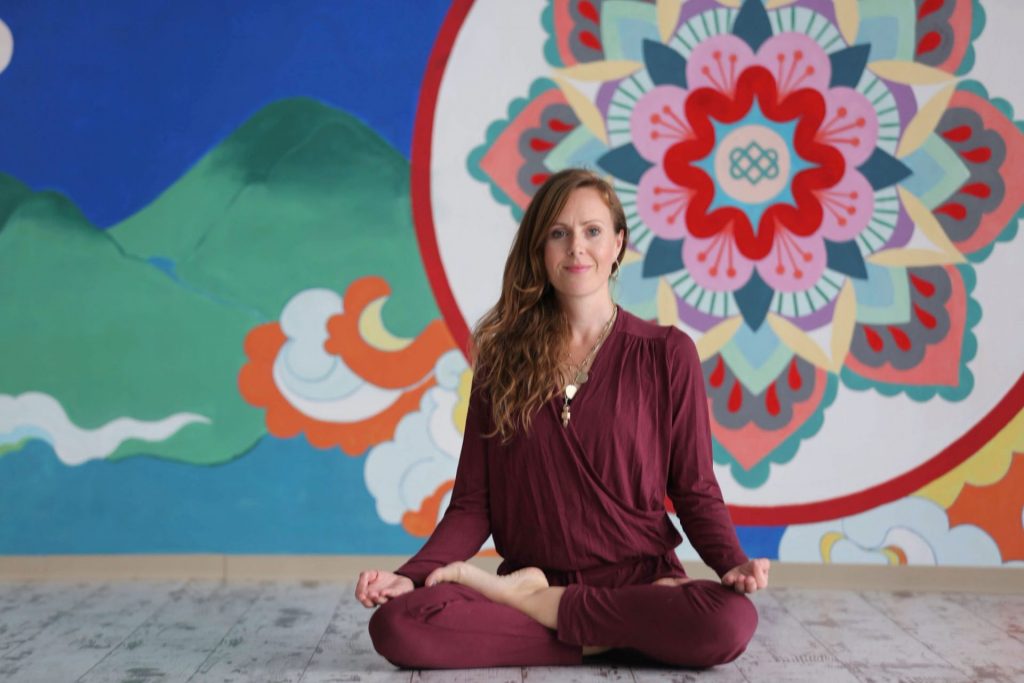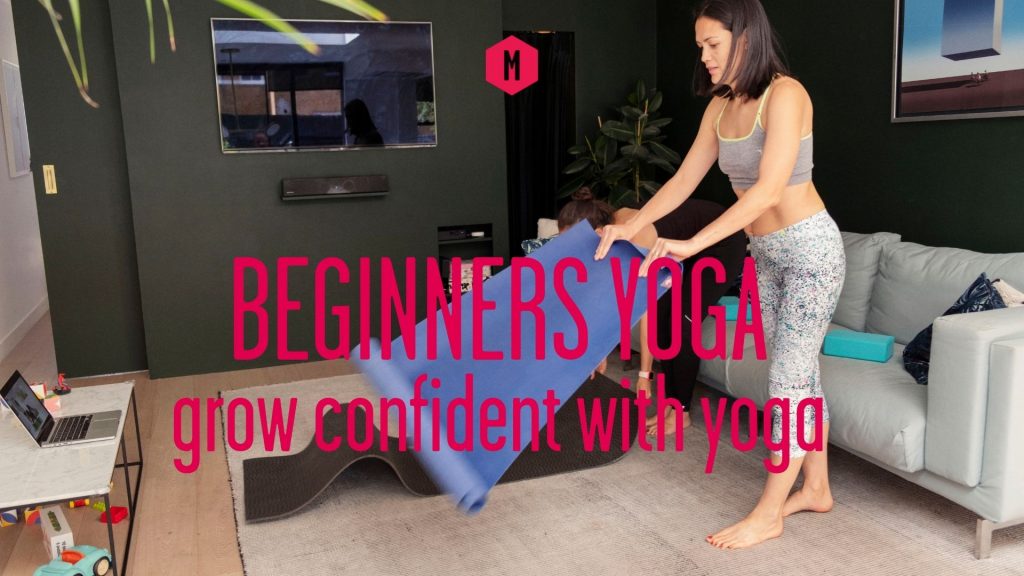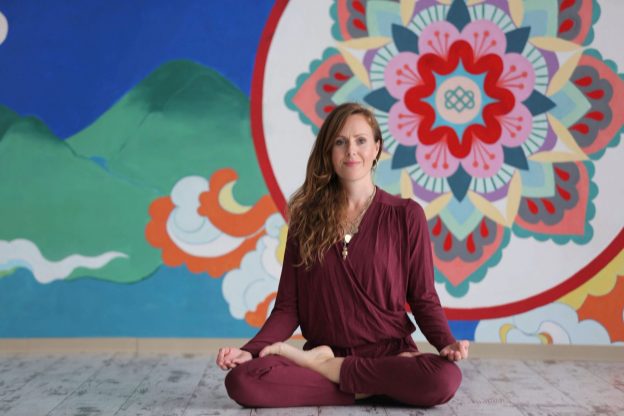
Lucy McCarthy explains why breath and yoga are inextricably linked and how to develop your breath practice as a yoga beginner.
Like all things, how we begin something, the foundations we put down make a huge difference to what follows and what arises from them. Starting on the journey of yoga is no different. And what we prioritise or focus on at the beginning of our yoga journey can have a profound effect on where we are lead and the results that manifest.
Prioritising breath
Now yoga is a rich and deep ancient tradition with many different lineages. And each of the lineages and schools of yoga will have their own framework and perspective that will tailor their unique offerings. Some schools of yoga will focus solely on the physical postures, others only on the more meditative practices. But what I find interesting amidst these differences is to look for the commonalities. And what I see time and again is the value yoga places on prana- this vital life force energy that cannot be seen with the human eye but is the animating force of the Universe according to yoga- and the use of the breath to work with this potent force of prana.
When I reflect back on my own journey and evolution in yoga I feel very blessed that right from my very first teacher-a tiny but powerful yogi in India named Prakash- I was introduced to breath and working consciously with it as the foundation upon which everything else was built upon. So much so that to this day for me breathing is synonymous with yoga.
The importance of breath
Now for the new student of yoga this might leave you scratching your head. Surely, you already know how to breathe and all day every day this body of yours breaths for you. This is indeed correct. However, what demarcates yogic breathing is the fact that first and foremost there is the element of awareness and consciously working with the breath. The breath is actually one of the few elements of the body that can be both automatic, as in without having to make any conscious effort your body breaths you 24 hours a day, but also we humans have the capacity to consciously choose the way we breath. This ability to consciously change the way and manner in which we breathe is what yogis discovered had the potential to unlock immense benefits; mental, physical and emotional.
What is pranayama?
There is a whole pathway of yoga practice called pranayama. This essentially is the practice of using breath in order to expand and extend our prana, vital life force energy. The majority of formalised pranayama exercises are done seated and are often a great preparatory practice to meditation. However, the gateway to seated pranayama can often be through first discovering the use of breath in our postural yoga practice known as asana. In many yoga traditions the poses are accompanied by and synced up with a pranayama or breath practice known as Ujjayi.
Ujjayi breath
Ujjayi involves narrowing the channel at the base of the throat creating a soft oceanic sound and has the purpose of slowing the breath down amongst many other benefits it brings. For me, I find this gateway into breathwork very helpful. Through the postures we start to open and strengthen the body in ways that support and facilitate deeper breathing and improved lung capacity. And through using the continuous Ujjayi breath threaded through and in harmony with the flowing poses we start to directly experience how much breathing and moving in a synced up way shifts the postural practice from merely physical benefits to something much more profound.
When we start to work with the breath during our postural practice what we start often to experience is how peaceful it leaves us feeling. The breath acts as a bridge between the mind and body, between the conscious and unconscious and most simply put when we move and breath in a connected way we come away feeling more calm, centred and steady; more adept at navigating the challenges of life with grace!
The place of breath in yoga
So when right from the get go we incorporate breath into our postural practice it becomes a habit that helps us come home to wholeness. To feel better in mind, body and heart. One thing I learnt from my teacher Max Strom was to think of and approach my yoga asana as ‘a breathing practice accompanied by postures´. This stuck with me as it is more powerful than the other way round.
What is profound and wonderful to me is that what these ancient yogis practicing thousands of years ago discovered about the power of the breath has been backed up and validated by modern science. When we learn how to harness our breath both on and off the mat the results are immense. And best of all its a free tool to use in any moment of your life that you need soothing, calming and grounding. So I heartily encourage you as you begin on your yoga journey to always take your breath with you, to have it at a constant companion on this path of growth, peace and ultimately awakening.
Explore breath and yoga further in our beginners course with Lucy McCarthy starting on 3 January 2022






Leave a Reply